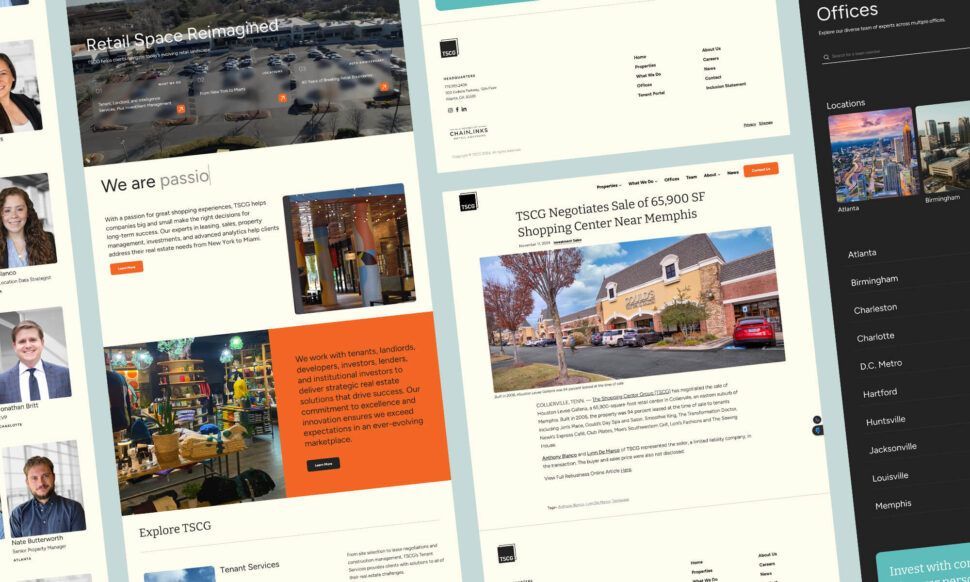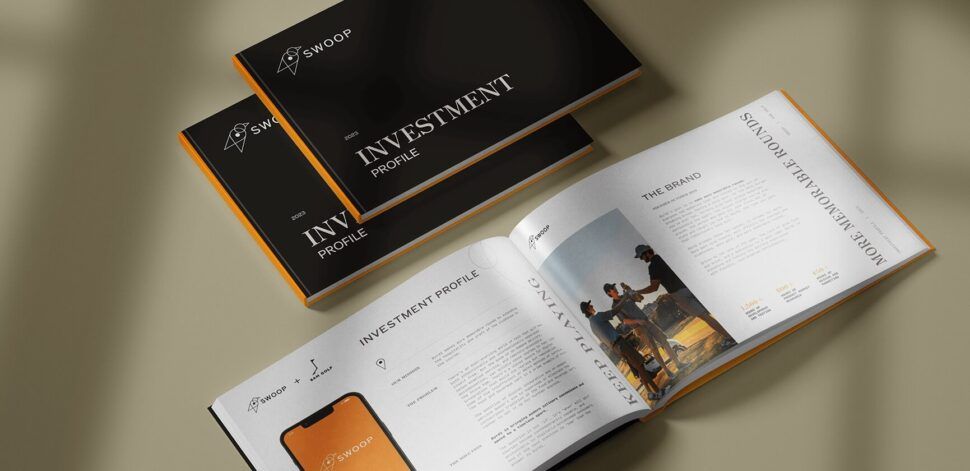March 13, 2025
Unlocking Innovation: How Service Design Agencies Transform Customer Experiences
- Visual Soldiers
- Design
- minute read

TLDR
Service design agencies boost customer experiences by focusing on user-centered methods and seamlessly integrating these strategies into overall business plans. Real-world case studies highlight their impact on enhancing customer satisfaction and loyalty, while innovative tools and techniques help streamline service offerings. With emerging trends on the rise, service design is increasingly pivotal in shaping the future of customer interactions.
Businesses are under constant pressure to create exceptional customer experiences. This is where service design agencies come into play. These specialized firms leverage design thinking methodologies to transform how companies interact with their customers, ensuring every touchpoint is not only efficient but also delightful. By focusing on understanding customer needs and expectations, service design agencies help brands innovate their offerings and streamline operations. In this article, we will delve into the world of service design, uncovering its importance in modern business strategy, exploring successful case studies, and examining the tools and techniques these agencies employ. We will also look ahead to the future trends shaping the landscape of service design and customer experience.
Understanding Service Design: A Comprehensive Overview
Service design is a strategic approach that focuses on creating and improving services to enhance customer experiences and operational efficiency. As a discipline, it combines insights from various fields including customer experience, design thinking, and business strategy. Service design agencies actively play a crucial role in this process, leveraging their expertise to analyze user needs, map customer journeys, and develop innovative solutions. By collaborating with stakeholders, these agencies ensure that services are not only effective but also resonate with the target audience. In today’s competitive landscape, enlisting the help of service design agencies can lead to significant improvements in service delivery, customer satisfaction, and overall business performance. Whether you are a startup looking to implement your first service or an established company seeking to refine your offerings, understanding the principles of service design can result in remarkably gratifying outcomes.
The Role of Agencies in Business Strategy
The role of these design agencies has become increasingly pivotal in shaping effective business strategies. These specialized firms focus on optimizing the interactions between a company and its customers, ensuring that every touchpoint enhances the overall consumer experience. By employing user-centered design principles, service design agencies analyze customer journeys, identify pain points, and innovate solutions that not only boost customer satisfaction but also drive operational efficiencies. This strategic partnership allows businesses to position themselves competitively in the market, adapting to consumer needs and trends more swiftly. Furthermore, a collaborative approach between service design agencies and business leaders can yield actionable insights that contribute to a robust strategy, fostering a culture of innovation and long-term growth. For companies looking to elevate their service offerings, engaging with a proficient service design agency can be a game-changing step towards achieving their strategic goals.
Case Studies: Successful Transformations Through Service Design
Businesses are constantly seeking to improve their customer experiences, and this is where service design agencies come into play. These agencies specialize in the art and science of designing better services by deeply understanding user needs and aligning them with business goals. Numerous case studies illustrate successful transformations driven by service design.
For instance, new golf delivery app Swoop partnered with Visual Soldiers to build a digital strategy and a funnel approach to help educate and engage each audience effectively. The strategic deployment of Mailchimp for email campaigns significantly elevated Swoop’s market presence. The “Swoop at Pinetree Golf Course” email campaign is a testament to our success, achieving a stellar 69% open rate and a 15% click rate. Read the full client success story.
Similarly, global hospitality giant Tao Group Hospitality engaged Visual Soldiers to enhance brand visibility, speed up their digital marketing efforts, and build a platform that could support the whole company and all sub-brand websites. By implementing a modular development system, we streamlined sub-brand website creation, reducing time to delivery by an impressive 70%. The newly revamped website now serves as the cornerstone of Tao Group Hospitality’s online presence, harnessing domain authority. Read the full client success story.
Tools and Techniques Used by Creative Design Agencies
Service design agencies are at the forefront of reshaping and enhancing customer experiences across various industries. To achieve this, they employ a validated set of tools and techniques that streamline processes and foster innovation. At the core, service design agencies utilize methods such as service blueprinting, which maps out all touchpoints in the customer journey, allowing for a clearer understanding of the user experience. They often implement personas and journey mapping to identify user needs and pain points, ensuring that the services are tailored appropriately. Additionally, prototyping and co-creation workshops are pivotal in gathering insights directly from the end-users, which not only aids in refining services but also boosts customer engagement. Tools like design thinking and Agile methodologies enable service design agencies to adapt quickly, iterating on feedback to enhance their offerings continuously. By leveraging these techniques, service design agencies can effectively align services with customer expectations, ultimately leading to increased satisfaction and loyalty.
Future Trends in Design and Customer Experience
As we look ahead to the future of service design and customer experience, businesses must stay ahead of emerging trends to remain competitive. Service design agencies are increasingly leveraging technology to create more personalized and seamless interactions between brands and customers. One significant trend is the rise of artificial intelligence and machine learning, which enables service design agencies to gather and analyze customer data more effectively, leading to tailored experiences that cater to individual needs. Additionally, the growing importance of sustainability is influencing service design; customers are more conscious than ever of eco-friendly practices, prompting agencies to integrate sustainable solutions into their design processes.
Moreover, with the acceleration of remote work and digital services, the focus has shifted toward enhancing virtual customer interactions, making it crucial for service design agencies to innovate in this space to ensure customer engagement and satisfaction. By embracing these trends, service design agencies can proactively shape the future landscape of customer experience, delivering value-driven services that resonate with today’s socially and environmentally aware consumers.
Ready to work with a design agency of the future?
Book a CallFAQ
Service design is a systematic approach focused on designing and improving services to enhance customer experience. It involves understanding user needs, creating effective touchpoints, and optimizing service delivery.
Service design agencies assist businesses by analyzing existing services, identifying issues, and proposing innovative solutions. They create user-centered designs that align with business goals, ultimately improving customer satisfaction and loyalty.
Yes, case studies often showcase businesses that have successfully implemented service design. For instance, companies have streamlined their customer service processes or redesigned their product delivery systems to enhance user experiences and reduce costs.
Service design agencies utilize various tools such as customer journey mapping, service blueprinting, and prototyping. These methods help visualize the customer’s experience and identify opportunities for improvement within the service.
Future trends include increased use of artificial intelligence, personalization of services, and an emphasis on sustainability. As technology advances, service design will likely become more integrated with digital platforms and customer data analytics.







